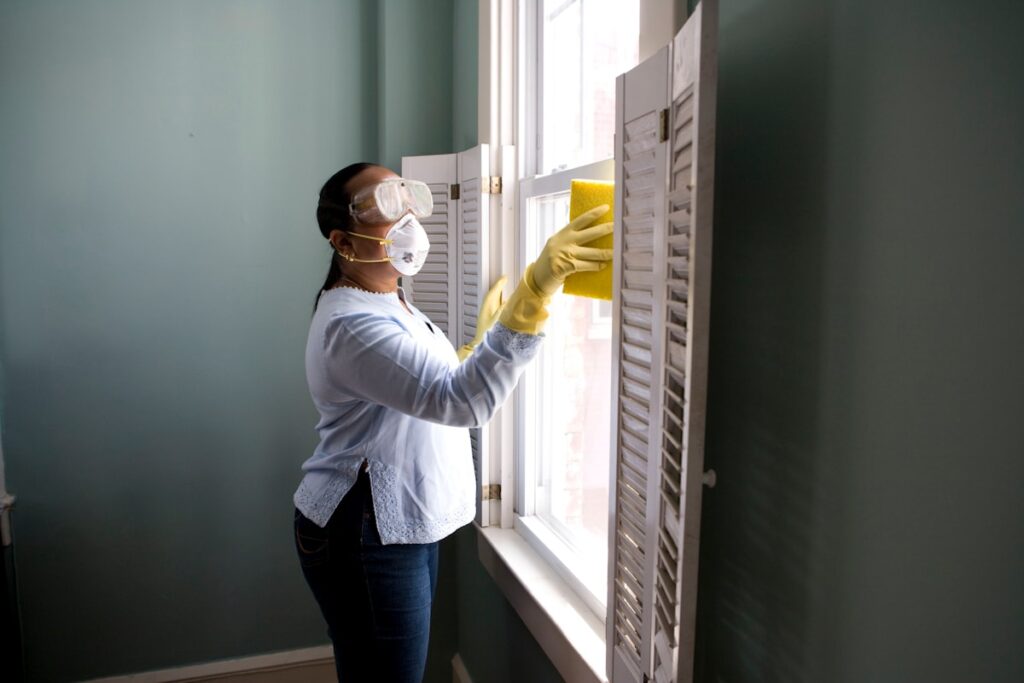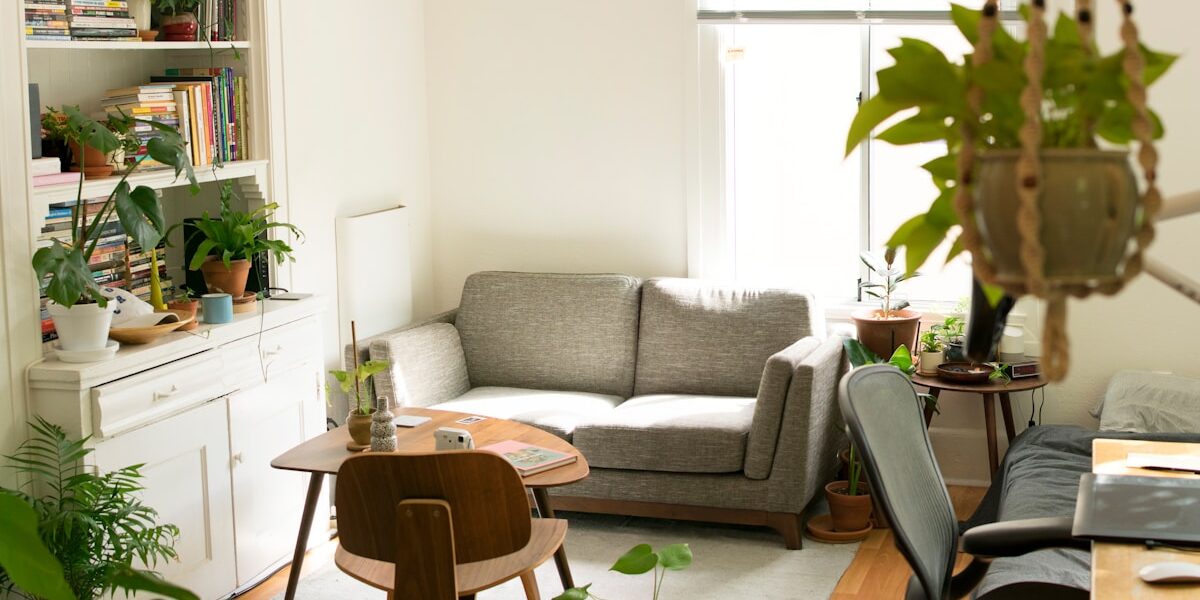How to Maintain Air Quality in NW Senior Living Facilities
How to Maintain Air Quality in NW Senior Living Facilities
Aging populations require special care to maintain their health and well-being. Air quality is a significant factor in ensuring comfortable living conditions for seniors. Poor air quality can exacerbate respiratory issues, allergies, and heart conditions. Here are practical measures to maintain air quality in senior living facilities in the Northwest.
Regular Ventilation

Ensure that rooms are properly ventilated. Open windows regularly to allow fresh air to circulate. Use exhaust fans in kitchens and bathrooms to remove pollutants and moisture. Consider installing mechanical ventilation systems like heat recovery ventilators to improve air exchange without losing heat.
Air Purifiers
Invest in high-quality air purifiers with HEPA filters. These filters capture small particles like dust, pollen, and pet dander, which are common indoor pollutants. Place air purifiers in common areas and resident rooms to continuously clean the air.
Humidity Control

Maintain indoor humidity levels between 30-50%. High humidity can promote mold growth, which affects air quality. Use dehumidifiers to reduce excess moisture. Conversely, low humidity can cause dry air, which may irritate respiratory systems. Use humidifiers during dry seasons.
Regular Housekeeping
Dust and vacuum regularly using vacuums equipped with HEPA filters. Clean upholstery and curtains, which can trap dust and allergens. Encourage residents to keep their personal spaces tidy to minimize clutter that can harbor dust.
Green Cleaning Products
Use non-toxic, eco-friendly cleaning products. Traditional cleaning products often contain volatile organic compounds (VOCs) that can degrade indoor air quality. Green products are typically less harsh and safer for the environment and residents.
Maintaining HVAC Systems
Regularly service heating, ventilation, and air conditioning (HVAC) systems. Change filters frequently as recommended by the manufacturer. Clean ducts to remove accumulated dust and debris. Proper maintenance ensures efficient operation and reduces pollutants.
Indoor Plants
Add indoor plants known for their air-purifying qualities, such as spider plants, snake plants, and peace lilies. These plants can help remove toxins from the air and provide a touch of nature indoors. Ensure they are properly cared for to prevent mold growth.
Smoke-Free Policies
Implement and enforce smoke-free policies within the facility. Second-hand smoke significantly affects air quality and is particularly harmful to seniors. Designate specific smoking areas outside, away from entrances and windows.
Allergy Control
Identify and manage resident allergies. Take special care to limit exposure to allergens like pet dander, pollen, and dust mites. Provide allergen-resistant bedding and regular cleaning to mitigate potential triggers.
Educating Staff and Residents
Train staff on the importance of maintaining air quality and the procedures to do so. Educate residents about simple practices that contribute to better air quality, such as avoiding the use of aerosol sprays and keeping pets groomed.
Monitoring Indoor Air Quality
Invest in air quality monitors to continuously track levels of pollutants like carbon monoxide, radon, and VOCs. Regularly assess readings and take corrective actions when necessary. Immediate response to poor air quality alerts is crucial.
Proper Waste Management
Implement proper waste disposal methods to avoid the buildup of garbage that can lead to odor and pest problems. Regularly empty trash bins and keep waste areas clean and sanitized.
Preventing Mold and Mildew
Fix leaks promptly to prevent water damage and mold growth. Use mold-resistant products, especially in damp areas like bathrooms and kitchens. Regularly inspect and maintain areas prone to moisture.
Natural Ventilation Features
When designing or renovating facilities, incorporate natural ventilation features such as large windows, vents, and atrial spaces. These allow for better air flow and reduce dependence on mechanical systems.
Avoiding Synthetic Fragrances
Avoid using synthetic fragrances from air fresheners and scented candles. These products release VOCs into the air. Opt for natural alternatives, like essential oils, but use them sparingly and with caution around sensitive residents.
Reducing Indoor Pollutants
- Use low-VOC paint and building materials during renovations.
- Ban idling of vehicles near facility entrances and air intakes.
- Encourage the use of hypoallergenic personal care products.
Regular Inspections
Conduct regular inspections of the facility to identify and address any potential sources of air quality issues. From HVAC systems to structural integrity, consistent check-ups can pre-emptively solve problems.
Balancing Indoor and Outdoor Air
Maintain a balance between indoor and outdoor air. While drawing in fresh air is beneficial, limit exposure during high pollution days. Install air sealing mechanisms to prevent outdoor pollutants from entering during peak pollution times.
Emergency Preparedness
Develop and practice emergency procedures for poor air quality events, such as wildfires. Ensure that residents and staff are aware of protocols and have access to clean, filtered air during such events.




Subscribe for Updates
Get the latest articles delivered to your inbox.
We respect your privacy. Unsubscribe anytime.